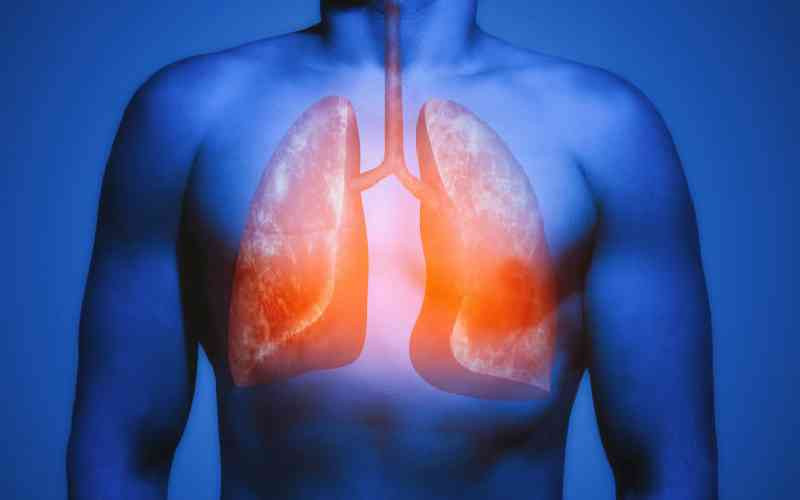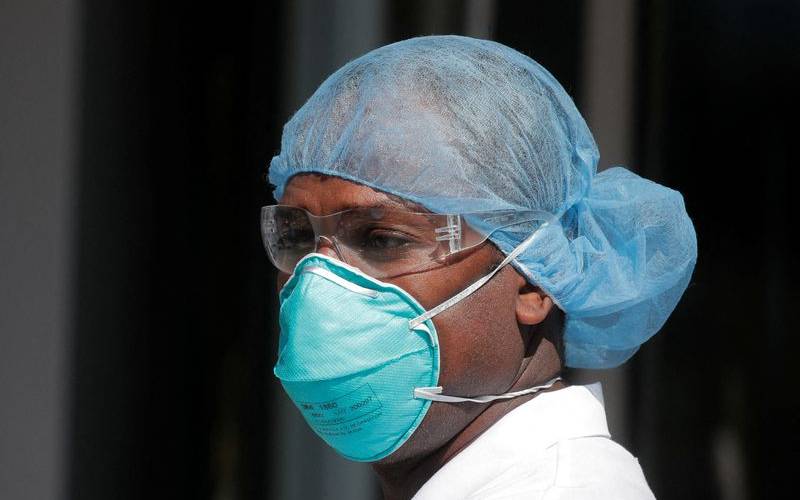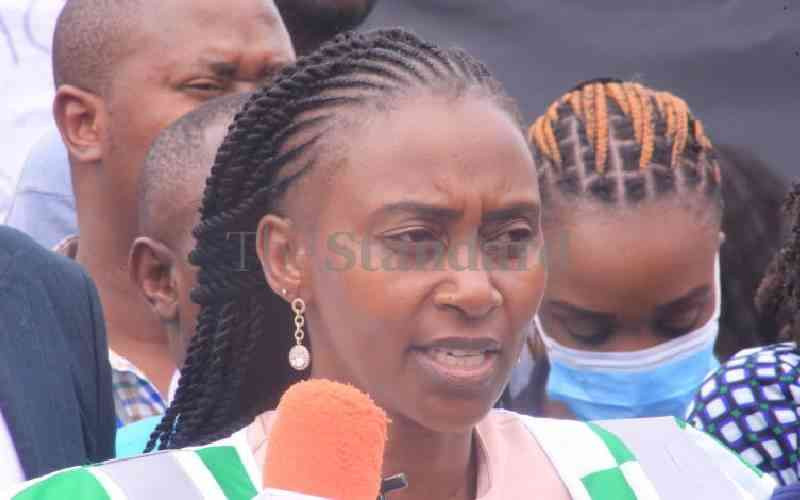Lorem ipsum dolor sit amet adipisicing elit. Sapiente fuga nisi rerum iusto intro.
Lorem ipsum dolor sit amet adipisicing elit. Sapiente fuga nisi rerum iusto intro.


As the world marks Lung Cancer Awareness Month, experts are sounding the alarm on a silent killer that continues to claim lives across the country.
Lung cancer, though not the most common cancer type in Kenya, has emerged as a leading cause of death from cancer, with survival rates still alarmingly low.
Dr. Helena Musau, a consultant clinical and radiation oncologist at Kenyatta University Teaching and Referral Hospital, explains that lung cancer is often diagnosed too late.
"The disease is diagnosed in its late stages, making treatment challenging and survival rates dismal," she said.
Lung cancer, she added, is primarily caused by tobacco use, though other factors such as exposure to asbestos, firewood smoke and radon gas are also contributors to the growing problem in Kenya.
Globally, lung cancer remains the leading cause of cancer-related deaths. In Kenya, however, it ranks 11th in terms of incidence. Despite this, experts agree the numbers are rising, largely due to widespread tobacco use.
Dr. Musau noted, "The rise in cases, especially among smokers, signals an urgent need for more proactive screening and intervention."
Statistics paint a grim picture. A study by Kenyatta National Hospital revealed that only 66 per cent of lung cancer patients survive for two years after diagnosis.
The lack of early detection methods and resources has been a key factor behind the poor outcomes.
Dr. Andrew Owuor, a respiratory specialist at Kenyatta National Hospital, explains that lung cancer's symptoms often mimic those of other common diseases, like tuberculosis or chronic asthma.
"When a patient has a persistent cough that doesn’t improve after two weeks and no fever, it’s less likely to be TB," noted Owuor. "This is where early screening could make a difference."
In a bid to address this, Kenya has made strides in improving diagnostic infrastructure.
Owuor pointed out the recent expansion of computed tomography (CT) scans to all 47 counties, providing doctors with the tools needed to identify the disease earlier.
However, while imaging technology has improved, access to specialists, particularly in rural areas, remains a major challenge.
The growing number of lung cancer cases also reflects a broader challenge in the country’s healthcare system.
There’s a severe shortage of respiratory specialists, a fact that places immense strain on already overburdened public health institutions.
Owuor stresses that while CT scans are vital, they alone cannot solve the problem.
"What we need is an integrated system of healthcare professionals, including specialists, to ensure early diagnosis and treatment," he said.
Dr. Abdi Mohamed, chairperson of the Social Health Authority, noted that the country’s new insurance system is helping to provide more comprehensive care for lung cancer patients.
"Under primary healthcare, we cover screening for the four most common cancers," Mohamed said. "Once a patient is diagnosed, the Social Health Insurance Fund then takes over the treatment and long-term care."
Community education is another critical component in the fight against lung cancer.
Grace Kaluai, a medical epidemiologist from the National Tuberculosis, Leprosy and Lung Disease Program, believes that public awareness campaigns can play a major role in prevention.
"We need to educate the public not only about smoking cessation but also the risks of using firewood for cooking," Kaluai said.
"Additionally, more awareness is needed around advanced diagnostic technologies, such as AI-assisted imaging, that can help identify lung cancer earlier."

To personalise content, tailor ads and provide best user experience, we use cookies. By using our site, you agree to use our cookies. Privacy Policy
Subscribe to our newsletter and stay updated on the latest developments and special offers!



